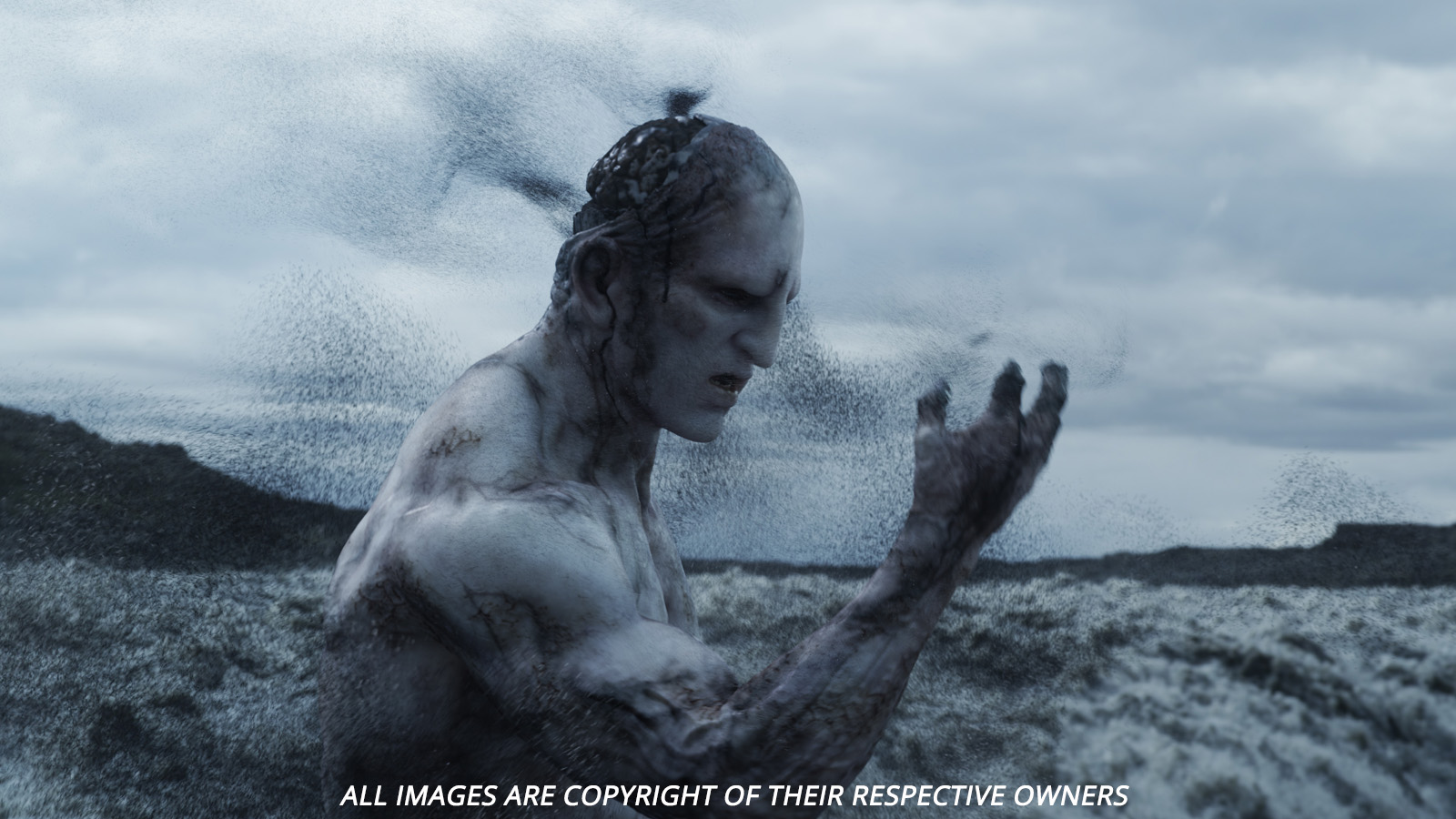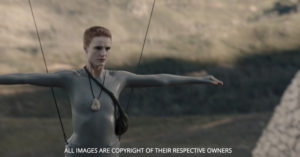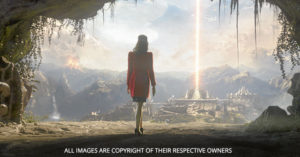
Transition effects: Let’s dive deep into the world of burn and grit
Thanking the advancements in video gear technology
One of the finest and noticeable things about the advancements in video gear and technology is that it’s getting closer to perfection. With hopes to capture the most authentic essence of every scene in the movies, lighting and settings are molded and practiced. Filmmakers are working restlessly in every phase of videography to ensure that viewers get indulged in the story. From countless hours of editing to intense pre-production, producers critique every angle. Despite winning some of the most recognizable awards, most professionals still look for some more things that they can fix.
Appreciating the imperfections…
In general, one of the most important things that are also most beloved about traditional films as well as early cinema is truly the imperfection.


Knowing burn and grit…
Before we get into the nitty-gritty, let’s take a look at what film burn is all about.
A film burn occurs as soon as the film is exposed to light- applies to both cinematography and photography. Photography on 35mm film is one of the finest examples to consider.
When you load a new roll of film into your camera, the light will expose the first few inches. This particular section won’t hold images (In general, it is known as a film burn). As soon as the operator snaps the cover of the camera into place, the cover secures the film from the light. As there are various cameras that wind the film into a small canister during shooting takes place, film burns are available at the start of the roll.
As soon as the roll of film is processed to get some photos printed, this is done in dark rooms so as to avoid exposure to light. Photographers would like to cut off some of the first inches of film burn. When the first photo is too close to this specific section, a film burn can be seen on the very edge of the photo. It completely depends on how much light and the color of light these film burns will often appear on printed photos in yellow, white, red, and orange shades. Film burns can appear as a “damaged” edge or create an old-fashioned, sepia-tone look to photos.
Let’s dive deep now…
Okay, so it’s great to know that now you understand the concept of light exposure and how film burns are created. Try incorporating the same into your own work.
If you want to achieve this retro effect, it is advisable to open the film compartment between images. You may need to do some practice if you are looking forward to determining when you need to open it and how far you can advance for the next image.
Enjoy the freedom of opening the compartment in different kinds of lighting situations.
From sundown and incandescent to brighter sunlight and LED lights, all of them will provide you with amazingly different results. You can reach your desired film burn when you take notes while experimenting.
How do film burns work for videos?
If you are planning to create cinematic film burns on traditional film, this goes the same way as in photography. During the progression of the scene, some of the frames are likely to become over-exposed and they can create film burns. Generally, you would choose to remove them in the editing rooms and film burns are still frowned upon by some crit. If your project demands a nostalgic mood, it makes absolute sense to keep the burns. Experts would suggest making use of soft muted orange and brown burns, that too in some slow motions to conjure vintage vibes. On the other hand, you can add drama and suspense with the help of harsh dark burns, more likely to be needed in a horror film.
This can help you create memories of dream sequences as well as transitions in and out. With subtle and bold applications of the process, feel free to be creative and do some amazing experiments.


When we talk about digital video production, film burns don’t take place. It is important to generate visual effects during the time of post-production to get that look and feel. All you need is a quick online search, and you will be able to locate various cost-effective options for downloadable film burn overlays. Some of them are free or they can offer free trial periods, this allows you to take it for a test run prior to making any final decision. Some of them are authentic film burns that are turned into overlays while others are digitally created. This is a world full of endless possibilities, it all depends on you how creatively you can make use of it.
If you want to get started, here are some basic tools that can work for you.
Adobe premiere pro
So, now that you have collected some of your film burns, it’s time to hit a click on Adobe premiere pro. Simply drag your first video into video layer one and put your burn clip into video layer two.
Now, take your cursor on video layer two, your will notice that your video will disappear, more transparent burn clip is something that you need to adjust here.
Change the blending mode to screen, it is set to Normal by default, play with color and opacity and you will surely get your desired results.
Final cut pro
The process here is almost the same, once you have your burn clips and you have launched your final cut pro, drag the video you want to edit in the second track, and your film burn needs to be in the first track. Hit a right-click on the film burn clip and go to Composite Mode, do some creative adjustments with the help of blending options.
Davinci resolve
You can simply go to the Resolve store and download some film burns, and you can simply get started. Once you have downloaded some film burns,


Hope these tips and tricks give you a great idea of how you can create burns in your project. Make sure that you utilize them in your project, and create something that stands the test of time!


